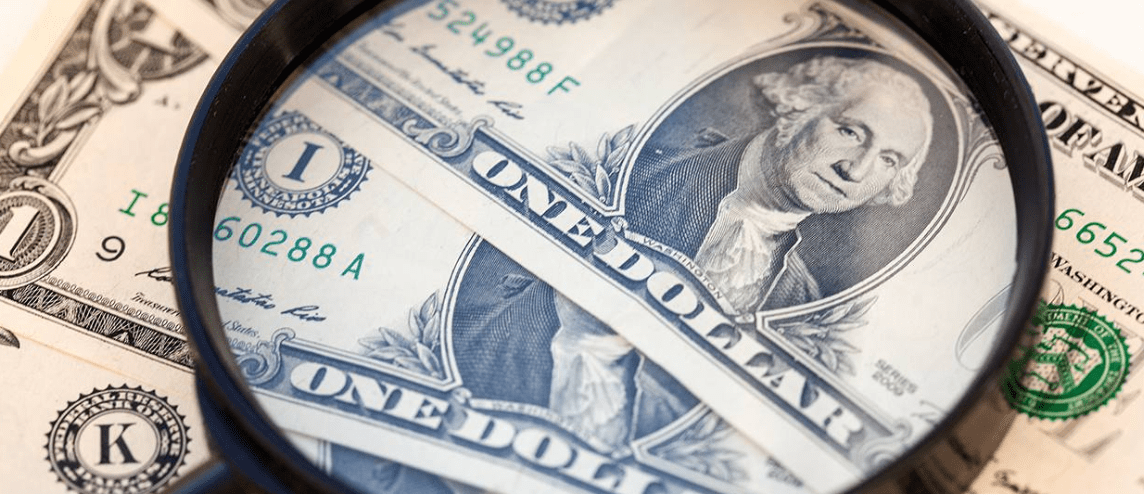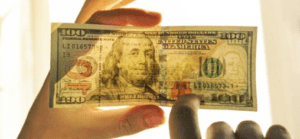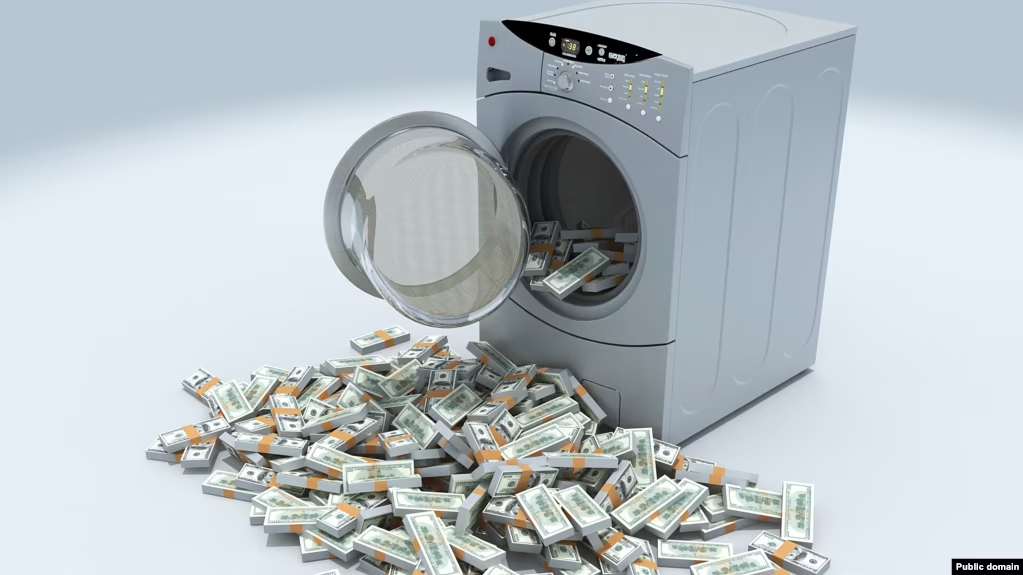The landscape of U.S. currency is steeped in history, with each era reflecting the country’s economic and sociopolitical dynamics. From the early colonial period to the establishment of the modern dollar bill, the evolution of American currency can be characterized as a visual measure of the nation’s growth, innovation, resilience, and national identity.
Time journalist Albinko Hasic traced the appearance of U.S. money across history.
Why Does the $1 Bill Look Like It Does?
The genesis of American paper currency can be traced to the colonial era. Massachusetts emerged as a trailblazer by issuing its own paper money in 1690, with other colonies soon following suit.
“Continentals”: Uniting the Colonies Through Currency
As tensions with Great Britain escalated, however, economic unrest ultimately culminated in Parliament passing the Currency Acts of 1751 and 1764. These laws significantly changed the role of colonial currency as legal tender.
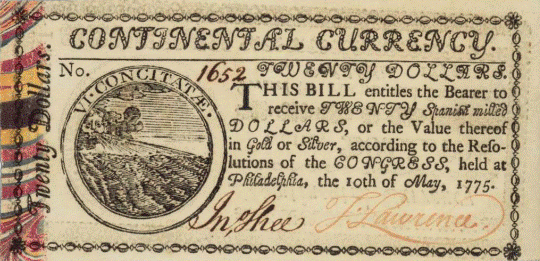
The Revolutionary War era marked a pivotal juncture in the trajectory of American currency. The issuance of “Continentals” by the Continental Congress not only symbolized the birth of a unified colonial currency but also introduced design motifs that would later become emblematic of American money. Benjamin Franklin’s endeavors to combat counterfeiting through innovative design elements laid the groundwork for early advancements in currency security.
Greenbacks and the Rise of Anti-Counterfeiting
The onset of the Civil War witnessed both the Confederacy and the Union issuing their distinctive paper currency. The Union’s currency, distinguished by its robust anti-counterfeiting measures, earned the moniker “greenbacks,” owing to the distinct ink utilized in its production.
This period also heralded the introduction of influential figures, including Alexander Hamilton and Abraham Lincoln, in the designs of American currency. Visual narratives began to be expressed in contemporary dollar bills.
Silver Certificates and a Woman’s Face on Money
Following the Civil War, while greenbacks continued to be ubiquitous, the U.S. Congress directed the production of silver certificates, encompassing denominations ranging from $1 to $1,000.
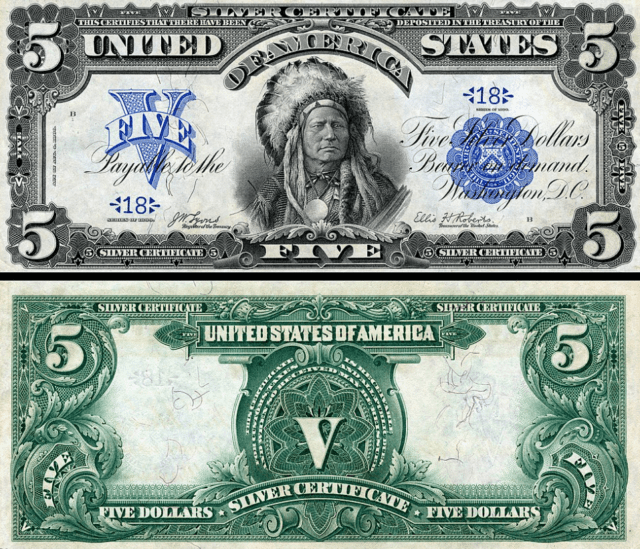
Notably, the $1 silver certificate issued in 1896 featured Martha Washington, marking a significant milestone as the first woman to be depicted on a U.S. banknote. These silver certificates, underpinned by tangible silver reserves, materialized against the backdrop of national debates surrounding monetary policies and the role of precious metals in the economic landscape.
The Federal Reserve Act: Birth of Modern U.S. Currency
The progressive strides in the evolution of American currency culminated in a landmark shift with the enactment of the Federal Reserve Act in 1913.
This pivotal legislation laid the groundwork for the contemporary form of U.S. currency, positioning the Federal Reserve as the primary issuer of Federal Reserve Notes and fundamentally reshaping the landscape of American paper currency production and distribution.
But the act had little effect on the tender, as many of the traditional aspects of a bill were already set, including its:
- Rough proportions
- Typeface
- Intricate borders
- Green color
- Imagery, as in a president on the face and a historic scene—the Pilgrims landing on Plymouth Rock, for example—on the reverse
The Continued Evolution of U.S. Currency
Although the main design of the dollar has changed little since 1913, U.S. currency continued to evolve:
- The phrase In God We Trust was added in 1953, taken from a fourth verse of The Star Spangled Banner
- In 1996, additional colors were injected into the artwork of paper money in an effort to thwart counterfeiters
- In 2003, bills were updated again with changes designed to prevent counterfeiting
Further details on the evolution of U.S. currency can be found at Time.


